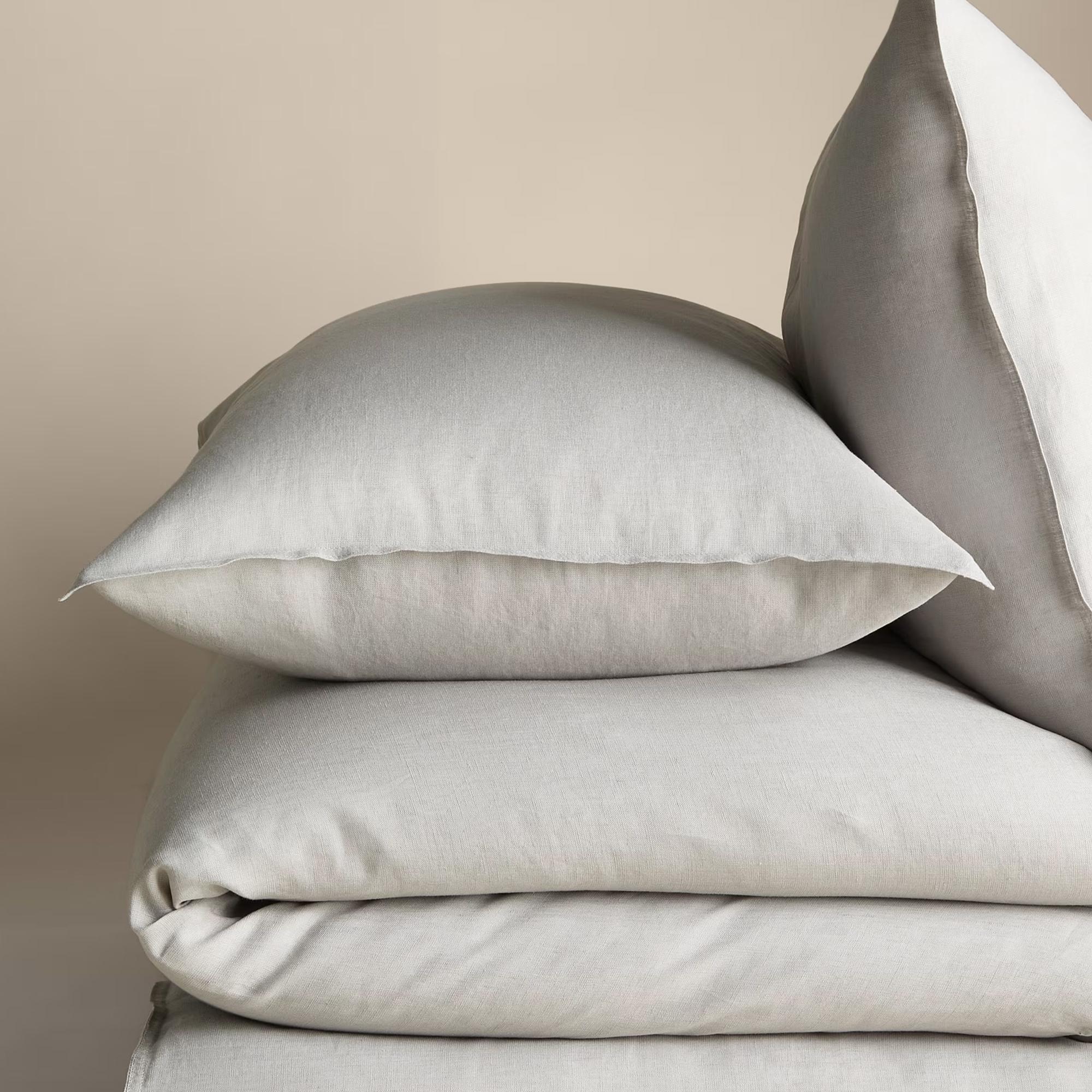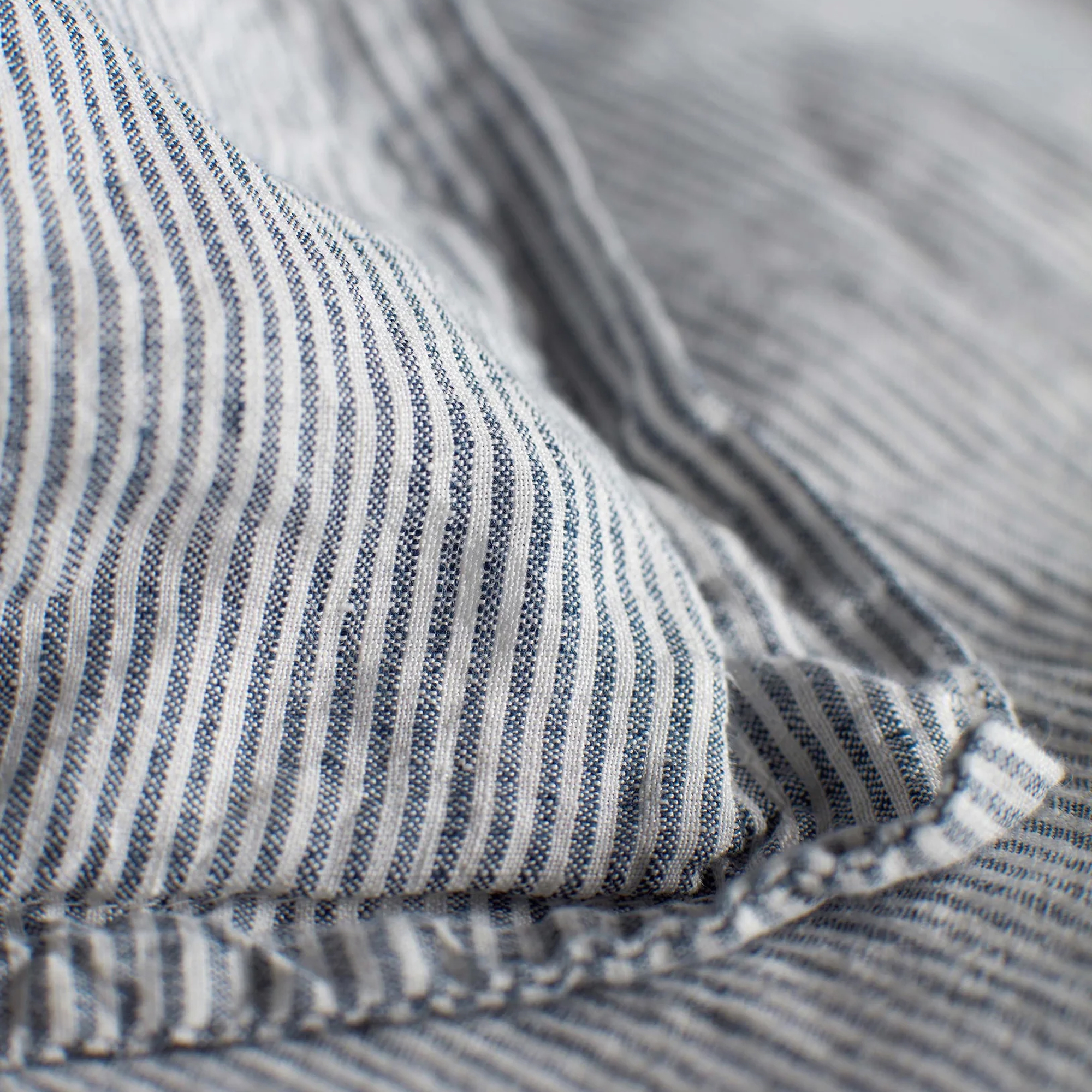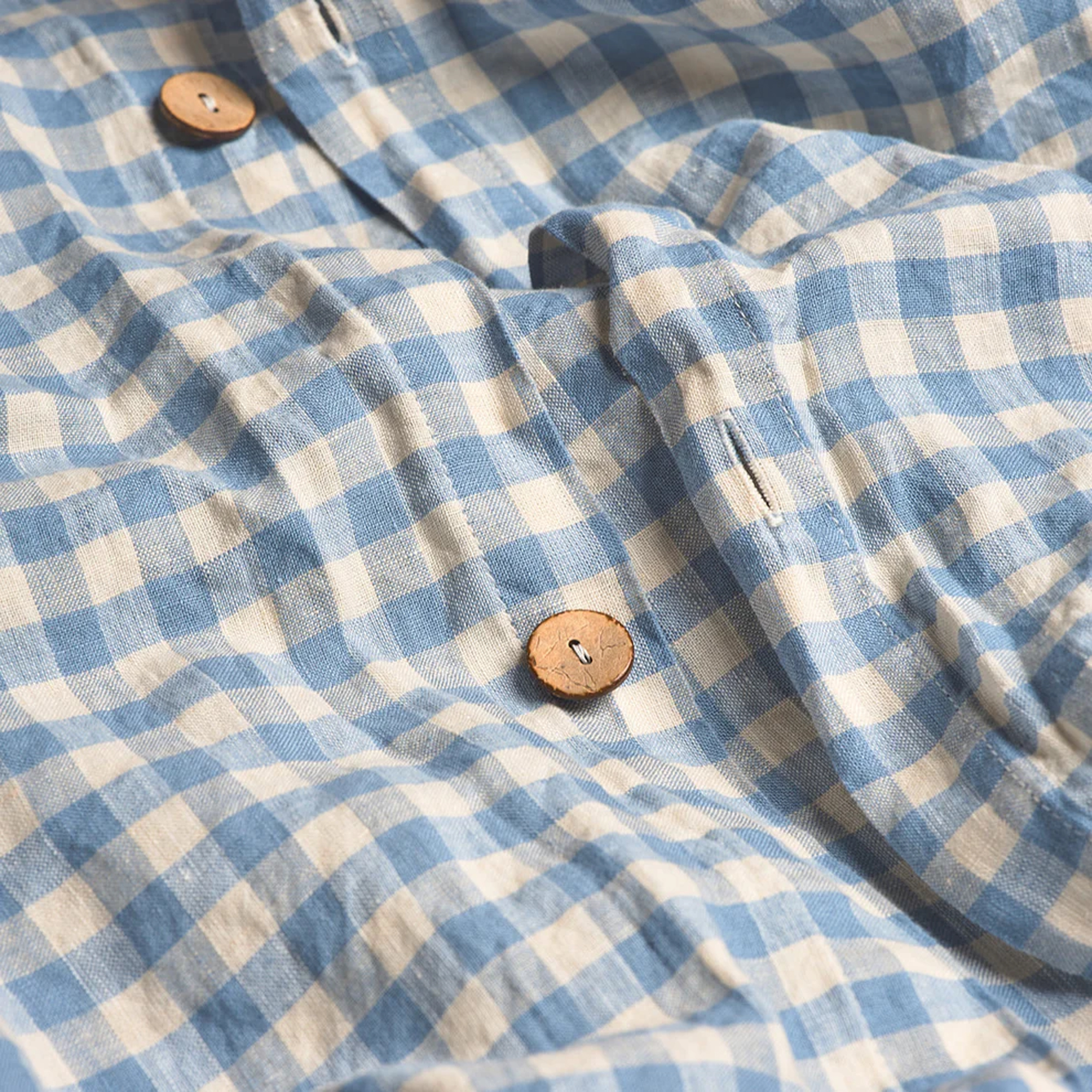This is why linen bedding is so expensive, according to experts – 'it might cost a little more upfront, but it’s built to last'
Why linen bedding costs so much, and if it's worth the investment
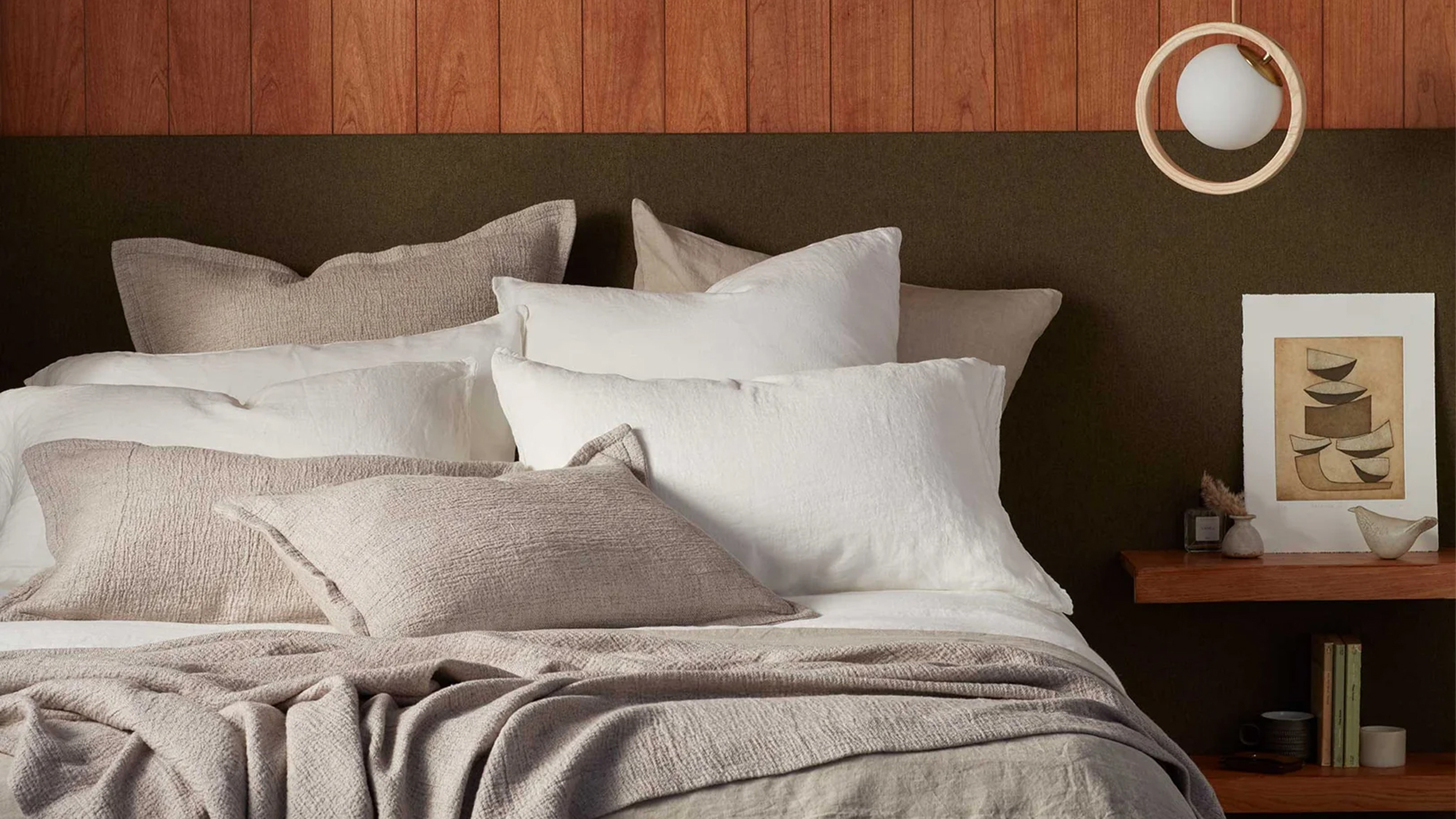

Linen bedding has a lot going for it. Breathable, durable, and ideal for hot sleepers, it's also the bed linen often favoured by interior stylists due to its aesthetically pleasing drape on the bed.
However, if you've been pondering whether to invest in a linen duvet cover or sheets recently, you may also be wondering just why linen bedding is *so* expensive.
Yep, the best linen bedding certainly isn't cheap. As Ideal Home's Sleep Editor, I've spent the last four years researching and testing bedding, and the most affordable pure linen bedding I've come across in that time – the M&S Pure Linen Bedding Set – starts from £95 for a double duvet cover and two pillowcases.
One of the most expensive options I've tested – Piglet in Bed's 100% Linen Duvet Cover – costs £199 for the duvet cover alone. It is officially a *very* nice duvet cover. But still... Ouch.
Admittedly, the finest long-staple Egyptian cotton – such as Hampton & Astley's Egyptian Cotton 500 Thread Count Sateen Luxury Duvet Cover at over £200 – doesn't come cheap either, but there are plenty of cotton percale and cotton sateen duvet covers that cost around the £20 mark.
So why does linen bedding cost so much more? I asked three bedding experts to explain.
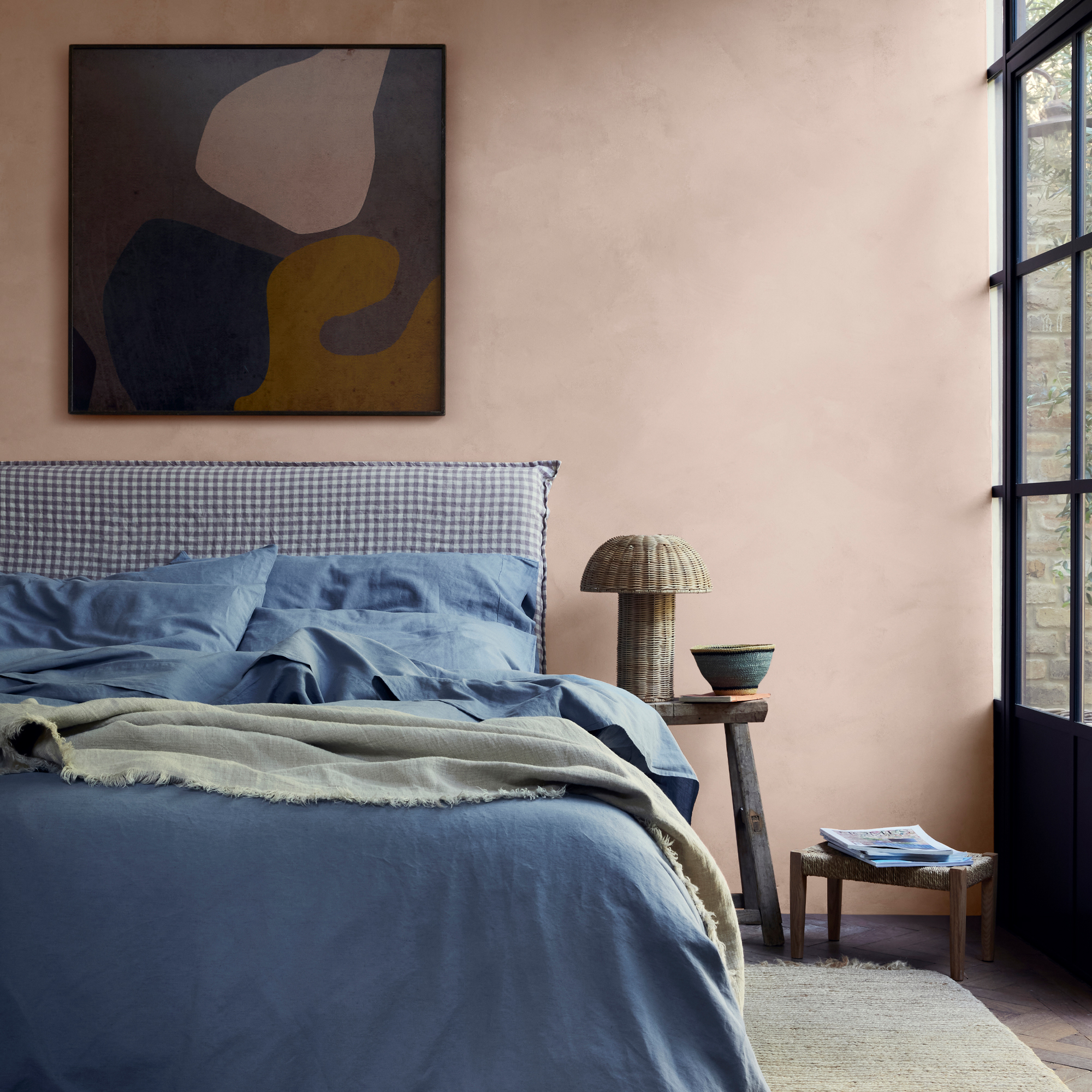
Why is linen bedding so expensive?
'Linen bedding is a little pricier because of the time, care, and craftsmanship that goes into making it,' explains Jessica Hanley, founder and CEO of Piglet in Bed. 'Linen comes from the flax plant, which is mostly grown in Europe, where the cool, damp climate and mineral-rich soil create the perfect conditions for top-quality flax. Unlike cotton, which is grown all over the world, flax is a bit more selective.'
Sign up to our newsletter for style inspiration, real homes, project and garden advice and shopping know-how
'Flax is also farmed using traditional methods, with crop rotation and resting fields, which makes it more sustainable but also more limited in supply,' continues Jessica. 'And then there’s the process of turning flax into linen. It takes skill to harvest the fibres and weave them into fabric.'
'It's more expensive because linen’s a bit of a diva, but in the best way,' agrees Molly Freshwater, co-founder of Secret Linen Store. 'It’s grown mostly in Europe, and the flax plant it comes from needs a little more love and patience than cotton. The fibres are tougher, the growing process is slower, and it takes more time to break the fibres down and weave them into that dreamy fabric we all love.'

Why is some linen bedding more expensive than others?
That explains why linen costs more to buy than cotton. But why are some linen fabrics more expensive than others?
'The finest linens are typically sourced from Europe, particularly Belgium and France, where traditional manufacturing methods are still employed to achieve a refined, high-quality finish,' explains Georgia Metcalfe, founder and creative director of French Bedroom.
'Plus, as with cotton, linen is available in a range of grades, and this directly affects both the feel and the price,' says Georgia. 'Entry-level linen tends to use short-staple flax fibres, which can feel coarse and may not wear as well. At the premium end, you’ll find long-staple European flax that delivers a noticeably softer, smoother, and more durable fabric.'
'Luxury linens are often also stonewashed for added softness and carry certifications such as OEKO-TEX or Masters of Linen, signalling both quality and responsible production,' adds Georgia. All of these extra processes result in a higher quality fabric, but also add to its price.
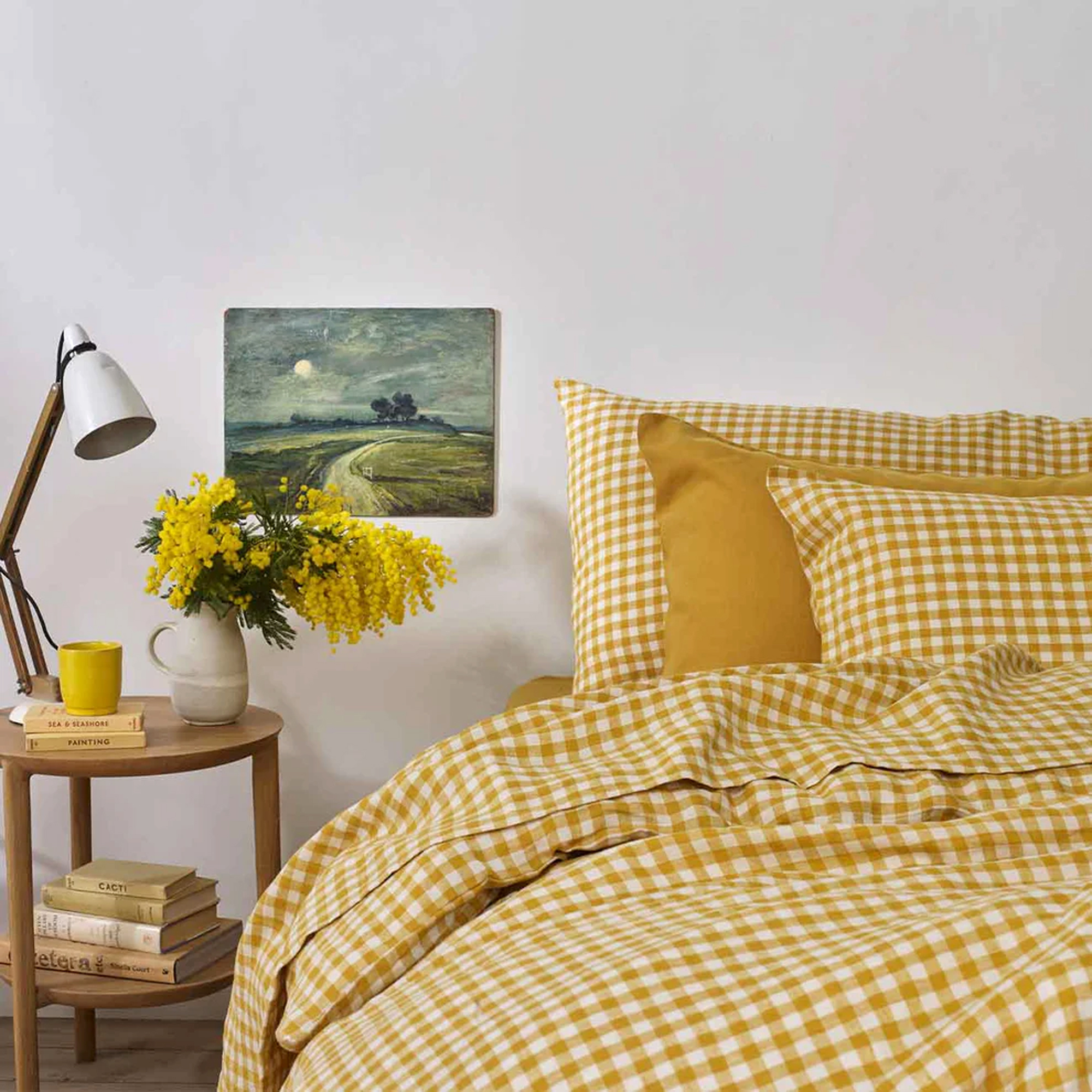
You'll also tend to find that cheaper linen bedding come in more limited colour options.
'It takes care to get colours and patterns just right,' explains Jessica at Piglet in Bed. 'We work closely with expert makers and use traditional techniques to make sure everything feels balanced and thoughtfully made. So, while linen might cost a bit more, you’re getting something thoughtfully made, long-lasting, and truly special.'
Is linen bedding worth it?
That leads me to the ultimate question: Is linen bedding worth it? Our experts (who have all co-founded businesses built on creating beautiful linen bedding) may have a vested interest. But let's hear what they have to say.
'Is linen bedding worth the investment? I truly believe it is,' says Jessica of Piglet in Bed. 'Linen might cost a little more upfront, but it’s built to last. The fibres in linen are up to 12 times stronger than the fibres in cotton, and they get softer with each wash. Linen sheets that have been well cared for can last up to three decades – much longer than alternatives!'

'Linen is also naturally breathable and great at regulating temperature, so it keeps you cool in the summer and warm in the winter. When you think about how much time you spend in bed, investing in something that helps you sleep well and lasts for years is a decision you won’t regret.'
'Is linen worth it? A hundred times, yes,' says Molly of Secret Linen Store. 'Honestly, once you’ve slept in linen, it’s hard to go back. It gets softer and comfier with every wash, keeps you cool when it's hot and cosy when it's not, and always looks beautiful, even when it’s a bit creased (which, let’s be honest, is part of the charm).'
'It’s also tough as old boots, so it’ll last you for years if you look after it properly. Think of it as a little act of kindness to your future self who will still be snoozing soundly under the same lovely linen many, many moons from now.'
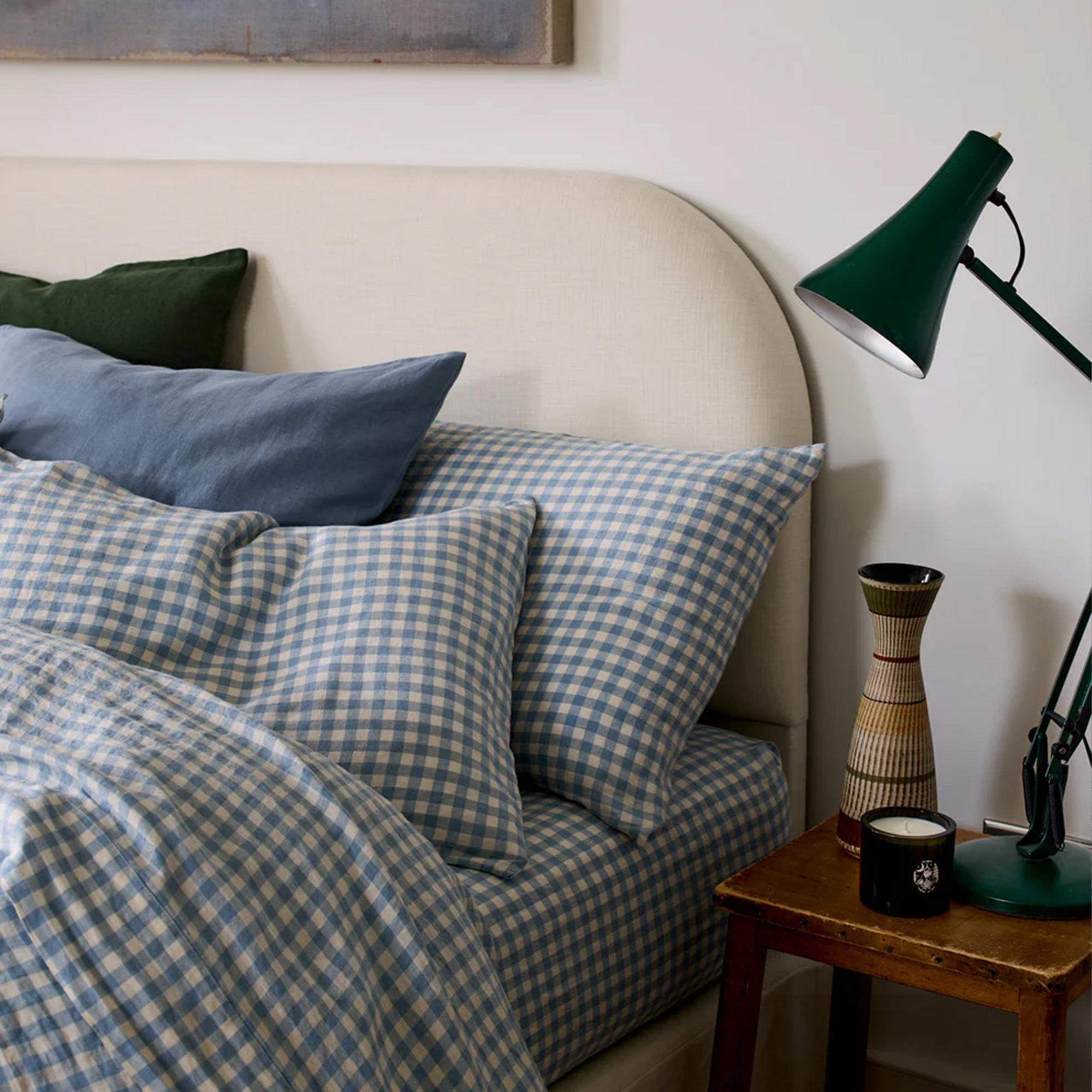
'Linen is one of the oldest and most luxurious textiles in the world, prized for its natural texture, breathability, and exceptional longevity,' concludes Georgia at French Bedroom.
'Its cost reflects the labour-intensive process of cultivating and weaving flax fibres, which are notably stronger and more durable than cotton. When you invest in linen bedding, you’re investing in craftsmanship, comfort, and a fabric that improves with age, becoming softer, more characterful, and uniquely yours over time.'
'For those who value comfort, beauty, and understated luxury, linen bedding is definitely a worthwhile investment,' says Georgia.
My experience
Over the past four years, I've tested all sorts of bedding and bed linens, and I have to agree with our experts.
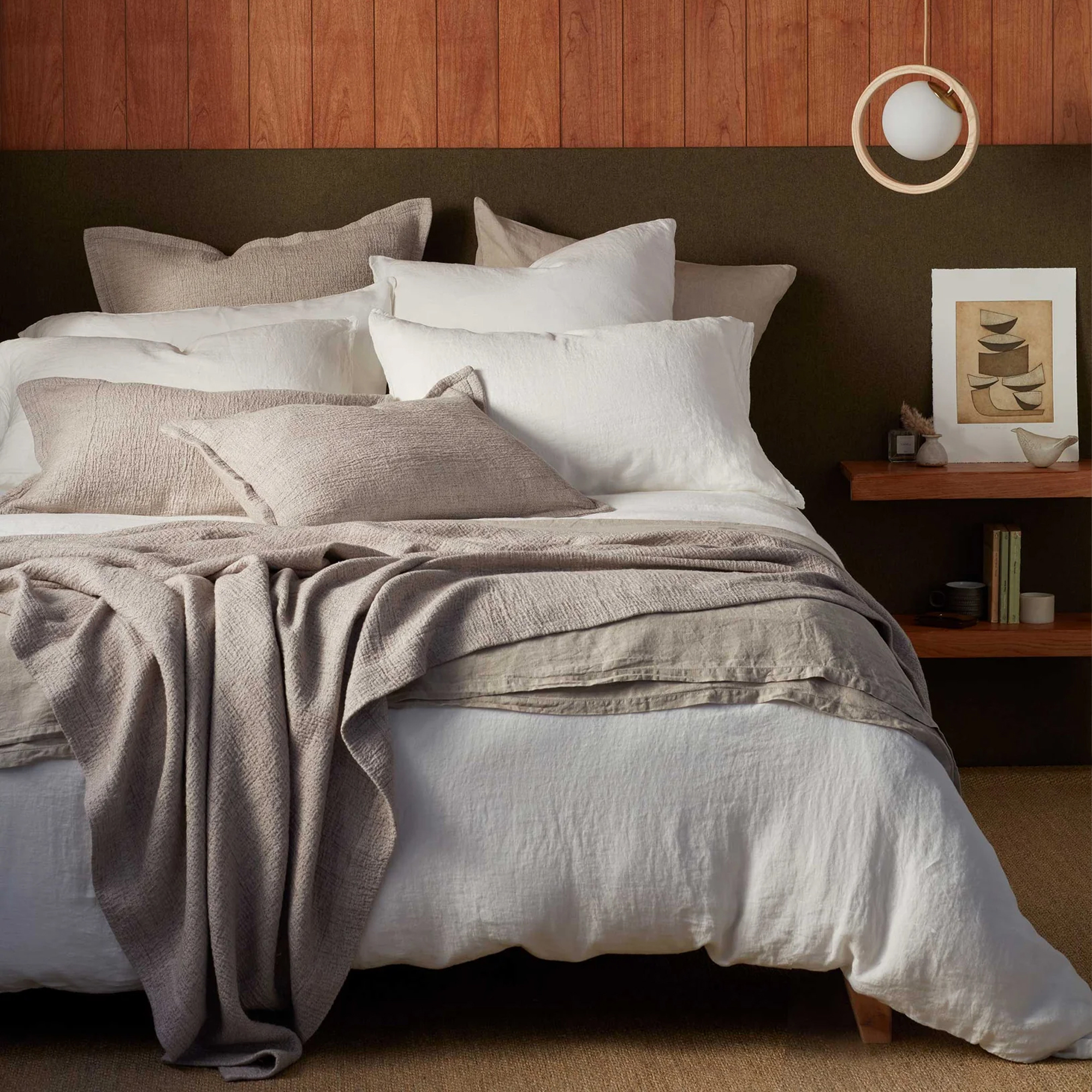
If you're more used to the smooth crispness of cotton, then linen's slubbier texture and slightly rougher feel may take a little getting used to. But I, for one, was soon won over by its charm, especially because as a hot sleeper, I find it does such a good job of adding breathability to my bedding setup and helps to keep my temperature regulated in both summer and winter.
Personally, I also love the fact that it still looks great on the bed without ironing, unlike cotton, which doesn't tend to look great when creased.
If you too want to give this fabric a try, below are three of my top recommendations for top-of-the-range linen bedding.

Amy is Ideal Home’s Sleep Editor and the Ideal Home Certified Expert on Sleep. She's spent the last four years researching and writing about what makes for the best night’s sleep during the day and testing out sleep products to find the best-in-class by night. So far she’s clocked up over 10,000 hours of pillow, duvet, and mattress testing experience.
Our go-to for all things sleep-related, she’s slept on and under bestselling products from Simba, Emma, Hypnos, Tempur, Silentnight, Panda, and many many more.
As a hot sleeper, Amy is always on the lookout for the most breathable bedding, but she also leads a wider team of testers to ensure our product testing encompasses both hot sleepers, cold sleepers, front sleepers, back sleepers, side sleepers, and everything in-between.
You must confirm your public display name before commenting
Please logout and then login again, you will then be prompted to enter your display name.
